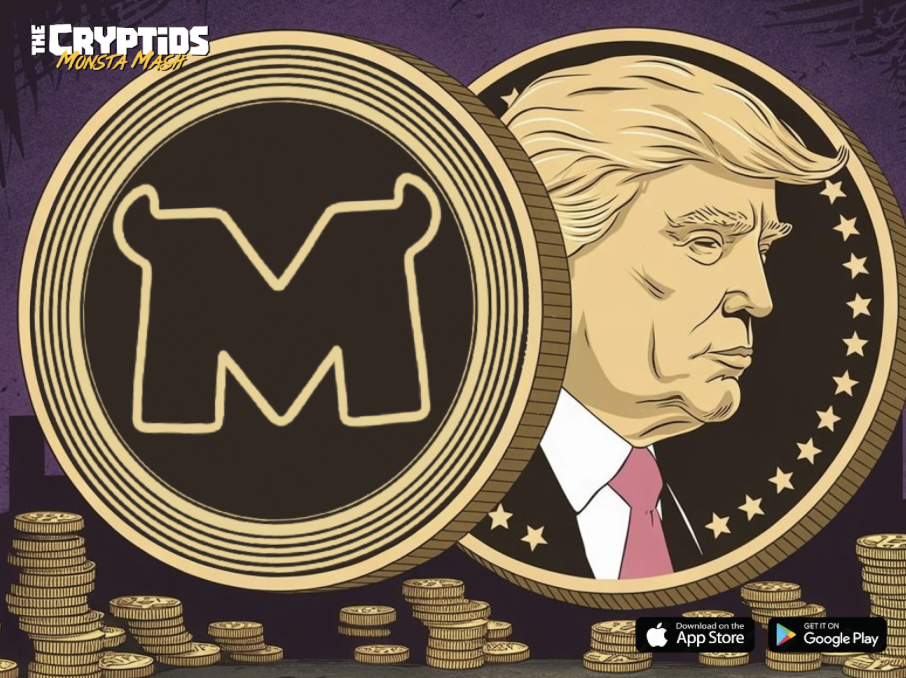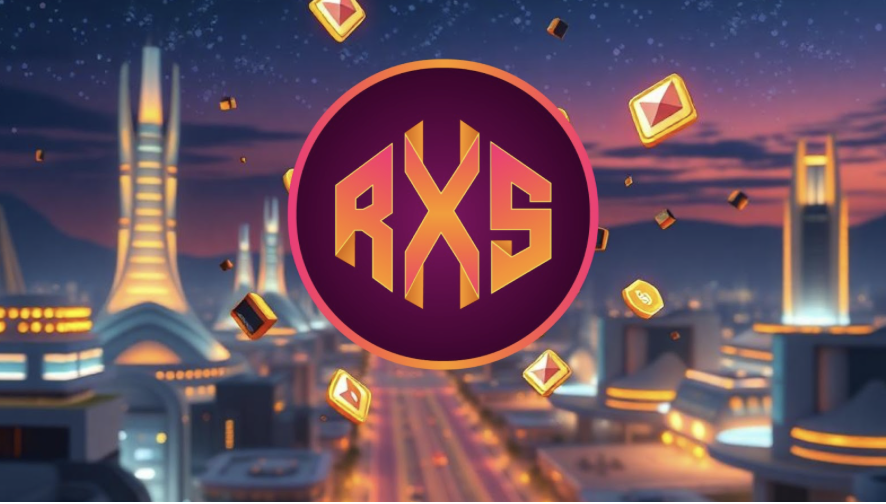The gaming industry’s journey from games like Pacman and Pong to modern-day games is truly admirable. Today, the gaming industry generates revenue of over $300 billion and has almost 2.7 billion active gamers from across the globe.
The ever-evolving graphic units, powerful processors, high-resolution screens, and extremely immersive gaming experiences have played a critical role in this growth. Furthermore, with the advent of virtual and augmented reality headsets, gamers can now also become part of a virtual gaming arena, which makes today’s gaming unlike anything the world has seen before.
Almost five decades ago, video games were not as popular or advanced. It was then that Atari came into the picture and took the world of video games to the next level. Atari set its place in the very heart of the gaming industry and attained success during the ‘70s, ‘80s, ‘90s that is mostly unparalleled to this day.
Popularizing Gaming Consoles
Founded by Nolan Bushnell and Ted Dabney in 1972, Atari is an iconic gaming brand that was almost synonymous with arcade games, home computers, and video game consoles in the 70s.
Its entry into the gaming space began with the creation of Pong, a table tennis simulator that is considered to be the first commercially successful video game.
This was followed by the Atari 2600, a video computer system (VCS) that popularised gaming consoles and sold more than 30M units in 15 years after its launch in 1977. Warner Communications then got on board with Atari and bought it for an estimate of $28M. More popular gaming consoles like Atari 400, 5200, and 800 were unraveled, selling millions of units. Every other store in the USA began selling Atari compatible games and at its peak Atari contributed to a third of Warner Communications’ income. It was also touted to be one of the fastest-growing companies in the USA.
But then came the video game crash of 1983, forcing Atari to sell its console division and reinvent itself as Atari Games to serve the arcade games market. This, combined with market saturation and excessive competition, caused Atari to remain subterranean in the gaming industry in the following decades.
Reinventing With Crypto
After remaining on the sidelines for almost two decades, Atari announced its “return to the living room” with its next-generation VCS. This VCS combined the look and feel of the retro machine with new-age technology to create a powerful gaming console. But, that’s not all. Capitalizing on the crypto trend, Atari also created its blockchain network and cryptocurrency to power the future of the interactive gaming industry.
Atari’s main aim with its ATRI token is to become the payment standard for various online entertainment experiences including video games, gambling, and betting. As of today, less than 1% of gamers monetize their game time. In light of this issue, Atari aims to build a system where gamers can effectively trade their in-game resources for crypto tokens or even fiat currencies.
Game developers will also be able to integrate the token directly into their games as a form of payment. Lastly, users of the network will be able to use ATRI to either watch their favorite gamers play, buy their resources and VCS games, or participate in interactive games like gambling.
ATRI is currently an Ethereum-based token but the project is working to make it compatible with all popular blockchain networks to encourage cross-platform trade. The company is also building a virtual crypto-casino that offers iconic arcade games for its users.
Heading Towards a Revival?
Cryptos are undoubtedly the promising tech of the 21st century and their mainstream adoption is around the corner. On the other hand, the gaming industry is also at its all-time high with technologies like AR and VR promising the metaverse. In a time like this, we can say Atari has hit the bullseye with its vision of combining these two popular industries. If executed well, the crypto integration could help this legendary firm out of the sidelines into the mainstream to rule once more.
Disclaimer: This article is provided for informational purposes only. It is not offered or intended to be used as legal, tax, investment, financial, or other advice.
Credit: Source link























